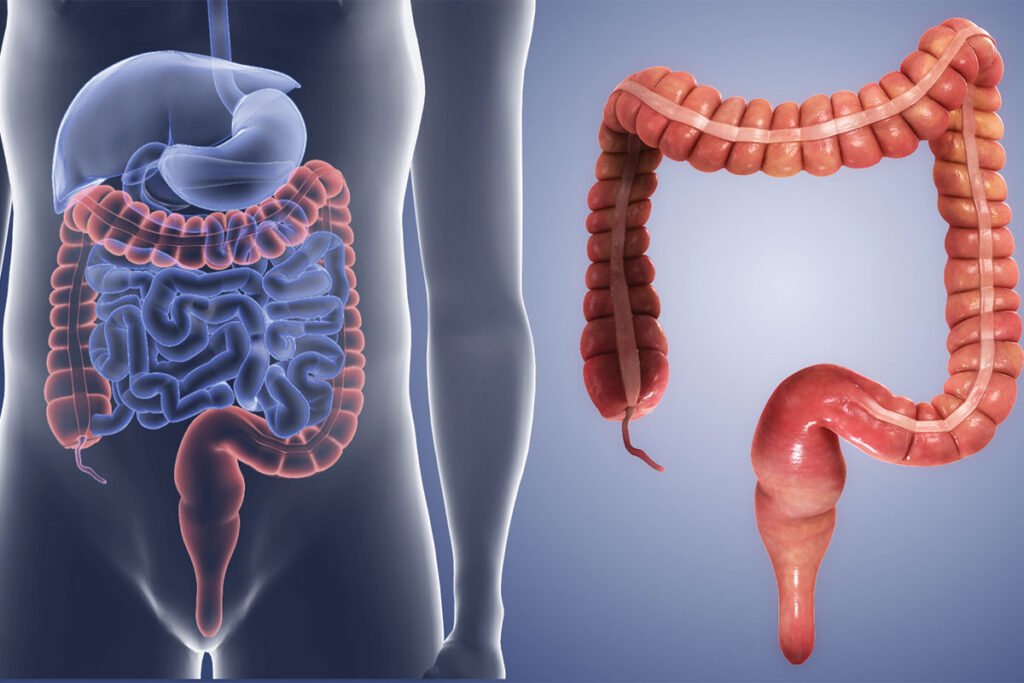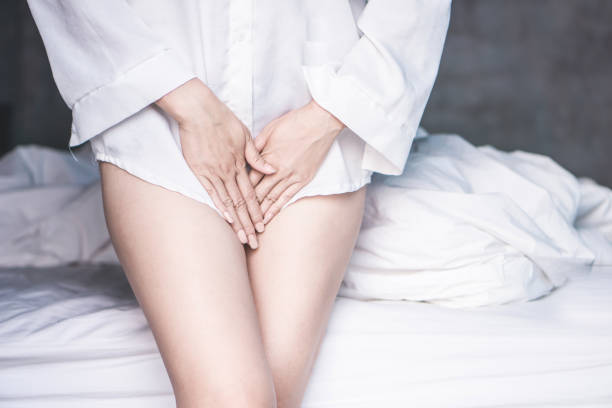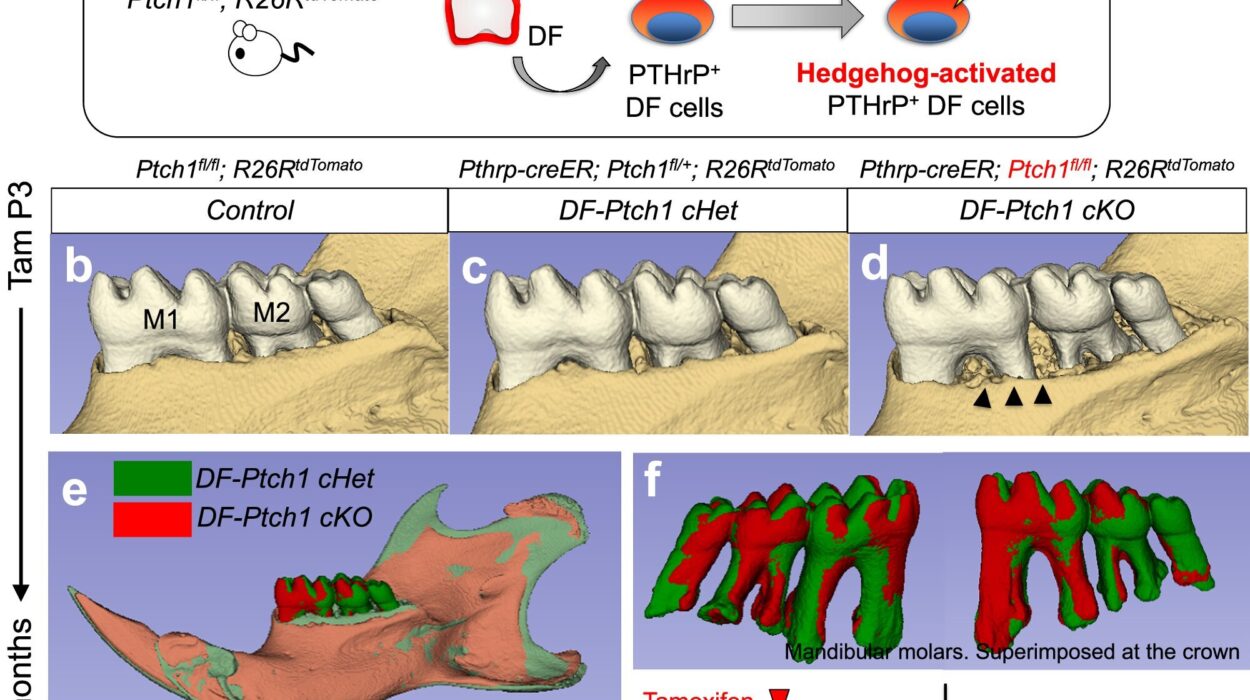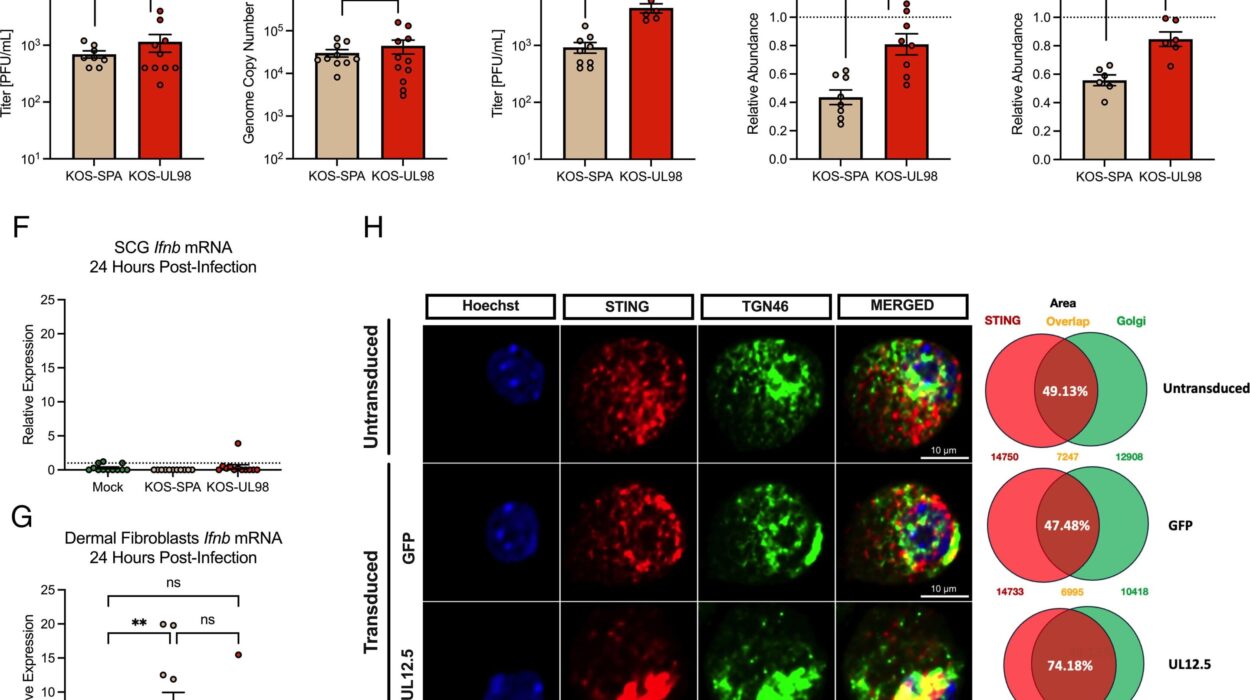When we think about women’s health, the mind often leaps to topics like hormones, pregnancy, menstruation, or breast cancer. But quietly beneath the surface lies a structural issue that gets too little attention until it becomes a crisis—bone health. And at the center of this bone-focused conversation sits one elemental superstar: calcium.
Calcium isn’t just about milk commercials or chalky supplements. It’s the unsung hero responsible for the very skeleton that keeps our bodies upright. For women especially, whose bone health is intricately tied to hormonal shifts throughout life, understanding calcium’s role isn’t just smart—it’s absolutely essential.
The bones you build in your youth are meant to last a lifetime. But what happens when your calcium levels aren’t enough to support that mission? What happens during menopause when estrogen drops and bones begin to thin? Why are women far more likely to develop osteoporosis than men? The story of calcium and bone health in women is not just about biology—it’s a tale of awareness, prevention, and power.
The Building Blocks Begin Early
Most people don’t realize it, but bone is a living, breathing tissue. It breaks down and rebuilds itself constantly. This dynamic process is known as bone remodeling. During childhood and adolescence, the body focuses on building bone faster than it breaks it down. These years are crucial because by the time you hit your late twenties, your bones have typically reached their peak mass.
For girls and young women, this means that what you eat, how you move, and how you care for your health during those formative years will impact your bone strength for the rest of your life. If your calcium intake during this time is too low, your bones may never reach optimal density.
Once you’ve passed the peak bone-building phase, your goal shifts to maintenance. Think of it as reaching the top of a hill—you can’t go any higher, but you can work to stay there as long as possible before the inevitable downward slope begins. Women who enter adulthood with higher bone mass have a far better chance of weathering the storm of age-related bone loss later on.
Hormones, Bones, and the Menopausal Cliff
Women’s bones have a unique vulnerability that men’s bones largely escape: estrogen dependency. Estrogen, the hormone often associated with reproductive health, also plays a crucial role in keeping bones strong. It helps control the balance between bone resorption (breaking down) and formation. During menopause, estrogen levels drop dramatically, and that shift triggers an increase in bone resorption. The body starts breaking down bone faster than it can rebuild it.
The result? A rapid loss of bone density that can lead to osteopenia (the precursor to osteoporosis) or full-blown osteoporosis, a condition where bones become porous and fragile. Women can lose up to 20% of their bone mass in the first five to seven years after menopause. It’s a steep and often silent decline—many don’t realize their bones are weakening until they suffer a fracture.
This hormonal roller coaster makes calcium intake—and overall bone health strategy—even more vital for women in midlife. It’s not just about taking a supplement; it’s about understanding what your bones need, when they need it, and how to deliver it effectively.
The Science of Calcium and Bone Structure
Calcium is the most abundant mineral in the human body, and about 99% of it resides in your bones and teeth. The rest circulates in your blood and plays essential roles in muscle contraction, nerve signaling, and heart function.
Your body doesn’t produce calcium on its own, so you have to get it from food or supplements. If your diet lacks calcium, your body will pull it from your bones to maintain vital functions. Think of your skeleton as a calcium savings account. When there’s not enough in circulation, your body makes a withdrawal—from your bones. Over time, these withdrawals weaken the structural integrity of your skeleton.
What’s more, calcium absorption isn’t a guaranteed process. The body’s ability to absorb calcium declines with age. Certain health conditions, medications, and lifestyle habits like smoking, heavy alcohol use, or lack of physical activity can also interfere with calcium metabolism. This makes the need for both adequate intake and proper absorption critical.
Vitamin D plays a co-starring role in this story. Without enough vitamin D, your body can’t absorb calcium efficiently, no matter how much you consume. This creates a domino effect—low vitamin D leads to low calcium absorption, which leads to bone loss, which leads to fractures.
Bone-Thinning Epidemic: The Scope of the Problem
Osteoporosis is often called a silent disease because it progresses without symptoms until a bone breaks. And unfortunately, it’s far more common than most people think. In the United States alone, an estimated 10 million people have osteoporosis, and about 80% of them are women. Another 44 million have low bone density, putting them at increased risk.
The consequences are serious. Hip fractures are among the most debilitating outcomes, often leading to loss of mobility, independence, and in some cases, death. Women are particularly vulnerable—one in two women over age 50 will break a bone due to osteoporosis in her lifetime. That’s a sobering statistic that underscores the importance of proactive bone care.
But why is this so prevalent? Besides the estrogen factor, many women don’t realize they’re not getting enough calcium, either because of dietary choices, food intolerances, or lifestyle factors. Some women avoid dairy for weight or skin concerns, others are vegan or lactose intolerant, and still others simply don’t think about calcium until it’s too late.
Add to that the sedentary nature of modern life and the stress that taxes hormonal health, and you have a perfect storm for weakened bones. The good news? It’s largely preventable.
Nutrition: The Calcium-Rich Diet Equation
When it comes to bone health, food is your first and most powerful line of defense. Calcium-rich foods aren’t limited to dairy, although milk, cheese, and yogurt are among the top sources. There are also leafy greens like kale, bok choy, and broccoli, as well as fortified plant milks, tofu, almonds, and canned fish with bones like sardines and salmon.
But diet is about more than just calcium. Magnesium, phosphorus, and vitamin K2 all play crucial supporting roles in bone metabolism. Without magnesium, calcium can’t be transported effectively. Without vitamin K2, calcium may end up in arteries instead of bones.
It’s also important to pay attention to what hinders calcium absorption. Excess sodium, caffeine, and alcohol can leach calcium from the bones or reduce its bioavailability. A high-protein diet, while important for overall health, should be balanced to avoid tipping the acid-alkaline balance in the body in ways that could deplete calcium.
Hydration, often overlooked, matters too. Bones may seem dry, but connective tissues and bone marrow require adequate fluid intake. And inflammation—a driving force behind many chronic diseases—can also negatively affect bone health. An anti-inflammatory diet rich in fruits, vegetables, healthy fats, and whole grains can help keep the bone matrix resilient.
Exercise: The Natural Bone Builder
Movement is medicine, especially for bones. Your skeletal system thrives on resistance. Weight-bearing exercises like walking, hiking, running, and strength training stimulate bone growth and help maintain bone density. Muscles pulling on bones during physical activity signal the body to strengthen and reinforce skeletal structures.
In contrast, a sedentary lifestyle speeds up bone loss. Prolonged periods of inactivity tell your body that bone mass isn’t needed, so it stops investing in building or maintaining it. The result is weaker, more brittle bones over time.
For women, exercise isn’t just a tool for staying slim—it’s a vital bone-building activity. Yoga and Pilates improve balance and coordination, reducing the risk of falls that can lead to fractures. Meanwhile, lifting weights or using resistance bands builds lean muscle, which supports bones and helps prevent bone-thinning as you age.
Supplements: Helpful or Hype?
Supplements can fill in the gaps when diet falls short, but they’re not a cure-all. Calcium supplements come in two main forms: calcium carbonate and calcium citrate. The former needs to be taken with food for absorption, while the latter is more easily absorbed but usually more expensive.
It’s important not to overdo it. Excessive calcium intake—especially from supplements—has been linked in some studies to kidney stones and even cardiovascular issues. That’s why it’s crucial to work with your doctor to assess your individual needs based on diet, age, and risk factors.
Most adults require between 1,000 and 1,200 milligrams of calcium per day, depending on age and gender. Postmenopausal women, especially those not on hormone replacement therapy, may need to aim toward the higher end of that range.
Don’t forget the calcium co-factors. A supplement that includes vitamin D3, magnesium, and vitamin K2 can provide a more holistic approach to bone support. These nutrients work in synergy, ensuring calcium goes to the right place—and stays there.
Life Stages and Bone Health: A Shifting Landscape
Bone health for women isn’t static—it changes with every decade. In your 20s, it’s about building up reserves. In your 30s, it’s about maintenance. In your 40s and beyond, it becomes a battle against loss.
Pregnancy and breastfeeding present unique challenges. The fetus draws calcium from the mother’s bones if dietary intake isn’t sufficient. While this bone loss is usually temporary and replenished after weaning, it can take a toll if the mother was already calcium-deficient.
Perimenopause, often beginning in the 40s, marks the beginning of hormonal fluctuations that can destabilize the balance between bone formation and resorption. This is the time to get serious about prevention. After menopause, the risk of osteoporosis accelerates sharply, and fractures become a looming threat.
But no matter the stage of life, the strategy remains clear: nourish your bones, move your body, manage your hormones, and stay vigilant about your health.
The Emotional Side of Bone Health
Fractures and osteoporosis don’t just cause physical pain—they also take an emotional toll. A broken hip or spine can lead to a loss of independence, mobility, and even identity. The fear of falling can result in social withdrawal, anxiety, and depression.
This emotional dimension is often underappreciated in conversations about women’s health. Bone care isn’t just a mechanical issue—it’s about preserving freedom, confidence, and quality of life. Educating women about their bone health early and often is a form of empowerment that ripples across decades.
Calcium Myths and Misunderstandings
For something so critical, calcium is surrounded by myths. Some believe if they’re not in pain, their bones must be fine. Others think a single supplement solves the problem. Many assume only the elderly need to worry. These assumptions are dangerous.
Bone density scans (DEXA scans) are underutilized, often only recommended after a fracture. But early screening can catch problems before they become crises. Knowledge is prevention. And unlike many health issues, bone health is largely in your hands—literally, with the food you eat and the way you move.
There’s also a misconception that dairy is the only good source of calcium. While dairy is rich in calcium, it’s not essential. A plant-based diet can absolutely support strong bones, as long as it includes a variety of calcium-rich foods and is thoughtfully constructed.
Conclusion: Strong Bones, Stronger Women
Calcium and bone health may not be glamorous topics, but they are deeply empowering. Bones are your body’s framework—strong, silent, and essential. They carry you through life’s milestones, from your first steps to your golden years.
Understanding the relationship between calcium and your bones isn’t just science—it’s self-care. It’s about preserving the ability to chase after your kids, climb stairs without fear, dance in your 70s, and live independently for as long as possible.
It’s never too early—or too late—to start thinking about your bones. Whether you’re a teenage girl building her future skeleton or a postmenopausal woman reclaiming her strength, your bones deserve your attention. Feed them well. Move with purpose. Know your numbers. And most importantly, honor the incredible architecture within you.
Because strong bones aren’t just about preventing fractures—they’re about building a life you can stand on, confidently, at every age.






